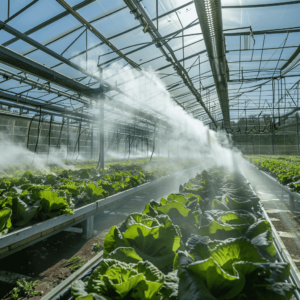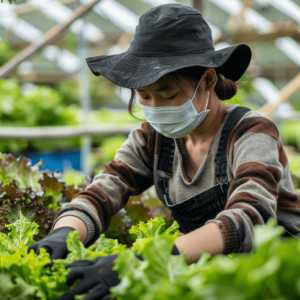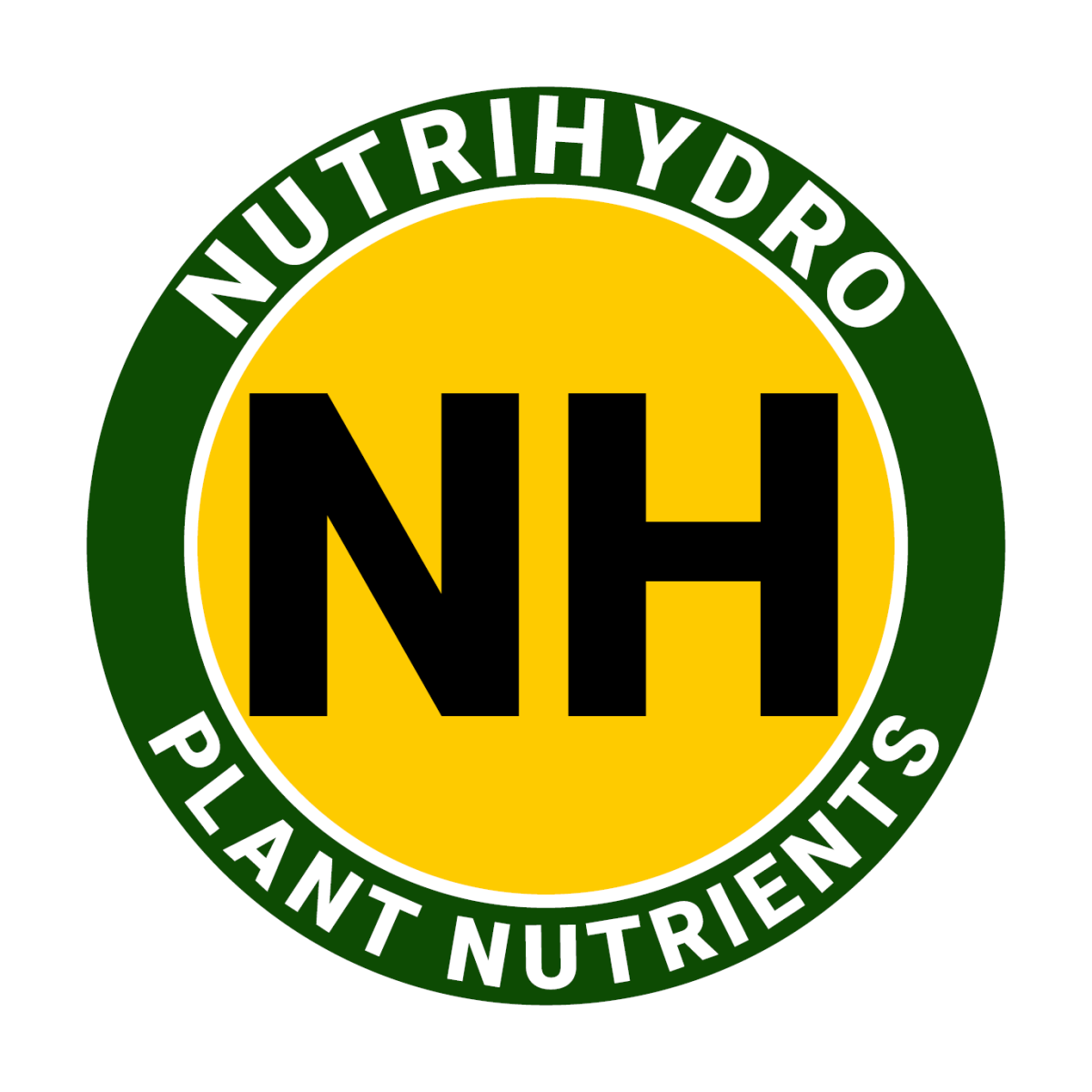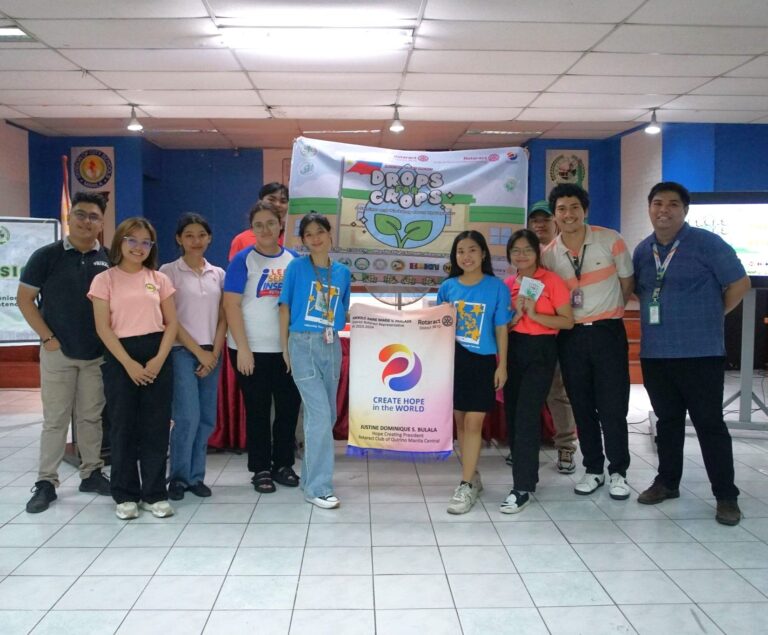The Ozone Dilemma: Balancing Disinfection with Potential Health Hazards
The Ozone Dilemma: Balancing Disinfection with Potential Health Hazards
In hydroponics, sterilization is essential for promoting healthy plant growth and maximizing yields.  This is achieved by minimizing the presence of pathogens and pests in soilless cultivation systems. Chemical sterilants like hydrogen peroxide and chlorine-based solutions are effective in controlling the growth of microorganisms. Hydrogen peroxide acts as an oxygenator that breaks down into harmless water and oxygen, thus ensuring the safety of plants. The use of ozone generators is also gaining popularity in agricultural sanitation as it offers an efficient and environmentally friendly method for maintaining cleanliness and preventing diseases.
This is achieved by minimizing the presence of pathogens and pests in soilless cultivation systems. Chemical sterilants like hydrogen peroxide and chlorine-based solutions are effective in controlling the growth of microorganisms. Hydrogen peroxide acts as an oxygenator that breaks down into harmless water and oxygen, thus ensuring the safety of plants. The use of ozone generators is also gaining popularity in agricultural sanitation as it offers an efficient and environmentally friendly method for maintaining cleanliness and preventing diseases.
Hydrogen peroxide (H2O2) is a sterilizing agent that works by a process called oxidation. When it comes into contact with organic material, such as bacteria or viruses, it acts as an oxidizing agent and undergoes a chemical reaction that produces free radicals, particularly hydroxyl radicals. These free radicals are highly reactive and cause oxidative damage to cellular components like DNA, membranes, and proteins. This reaction disrupts the normal functioning of microorganisms, which leads to their destruction. The effectiveness of this process in sterilization depends on the concentration of hydrogen peroxide and the duration of exposure.
Ozone (O₃) is a chemical compound that consists of three oxygen atoms and is known for its instability and toxicity. Ozone generators work by converting oxygen (O2) from the air into ozone through an electrical discharge. This process, known as dielectric barrier discharge, involves applying a high voltage across a dielectric material. The electric discharge breaks O2 molecules into individual oxygen atoms. These atoms then combine with O2 molecules to form ozone.
In agriculture, ozone generators are not only used for air purification but also play a vital role in the sterilization process of various types of equipment. Ranging from irrigation systems and planting tools to containers and work surfaces, ozone treatment helps to ensure that all tools and equipment are free from microbial contamination, thereby preventing the spread of diseases among crops. Ozone is a strong oxidizing agent and can effectively inactivate a wide range of microorganisms by breaking down their cell walls and disrupting vital cellular components.
However, ozone reacts strongly with other gases in the atmosphere. It plays a significant role in the formation of smog at ground level, which has negative impacts on the environment and human health. On the other hand, ozone found in the stratosphere acts as a protective shield by absorbing harmful UV radiation. The dual nature of ozone in the Earth’s atmosphere is evident, with stratospheric ozone being vital for safeguarding living organisms from UV light, while tropospheric ozone contributes to air pollution and is commonly known as smog.
Ground-Level Ozone: A Growing Concern for the Public
 Individuals who purchase ozone generators need to understand that ozone has the potential to harm their respiratory system. Breathing in ozone can irritate and inflame the lining of the respiratory airways, leading to symptoms such as coughing, chest tightness, shortness of breath, and difficulty breathing. Ozone can also worsen asthma symptoms and may even contribute to the development of asthma. Prolonged exposure to high levels of ozone can cause permanent lung damage and repeated exposure can increase the risk of mortality for those who are already in poor health. Those who are most vulnerable to health issues resulting from ozone inhalation include children, elderly individuals, and those with pre-existing asthma or other respiratory diseases.
Individuals who purchase ozone generators need to understand that ozone has the potential to harm their respiratory system. Breathing in ozone can irritate and inflame the lining of the respiratory airways, leading to symptoms such as coughing, chest tightness, shortness of breath, and difficulty breathing. Ozone can also worsen asthma symptoms and may even contribute to the development of asthma. Prolonged exposure to high levels of ozone can cause permanent lung damage and repeated exposure can increase the risk of mortality for those who are already in poor health. Those who are most vulnerable to health issues resulting from ozone inhalation include children, elderly individuals, and those with pre-existing asthma or other respiratory diseases.
Integrating ozone and hydrogen peroxide into agricultural practices requires careful consideration of various factors such as concentrations, exposure times, and safety protocols. This is essential to ensure maximum benefits while minimizing potential risks to crops and workers. The choice between ozone and hydrogen peroxide, or the decision to use them together, depends on specific agricultural needs, including the type of pathogens present, the application method, and cost-effectiveness.
Author

Honey Joyce Daz

Honey Joyce Daz
NutriHydro is a manufacturer of plant nutrients based in the Philippines. They are known to grow the healthiest, heaviest, and largest lettuce in the country. NutriHydro products are available to purchase from the following e-commerce platforms.
Lazada: bit.ly/3asMYXN
Shopee: bit.ly/3nRJX6Z
Basilyard: bit.ly/346Kklw
NutriHdyro Website: bit.ly/434MoY6





